America’s oldest gunmaker, Remington, is alive and kicking — sort of.
What’s the deal with Remington? Ask ten people that question, and you’ll probably get ten different answers.
Did Remington go bankrupt? Did the factory close its doors forever? There are still Remington products for sale, so the brand and its intellectual property must have survived, right?
Reality is a combination of all those things. What was once a dominant presence in the firearm market is now one of the industry’s biggest sources of confusion.

Fortunately, the answers are out there. We just had to do a little digging.
Table of Contents
Loading…
History of Remington
Eliphalet Remington II (what a name) made his first gun barrel by hand in 1816, brought it to a local gunsmith, and had it built into a musket.
It must have been a tack driver because he went on to make thousands of barrels for other people in his Ilion, New York, facility.

The first complete firearms Remington built were for an 1845 U.S. military contract. Remington focused on government clients through the Civil War, then expanded into the civilian market.
In 1871, the company started producing its own ammunition at the Ilion facility. The move to the civilian market was a smart one, and Remington produced the first autoloading shotgun, John Browning’s Model 11, in 1906.
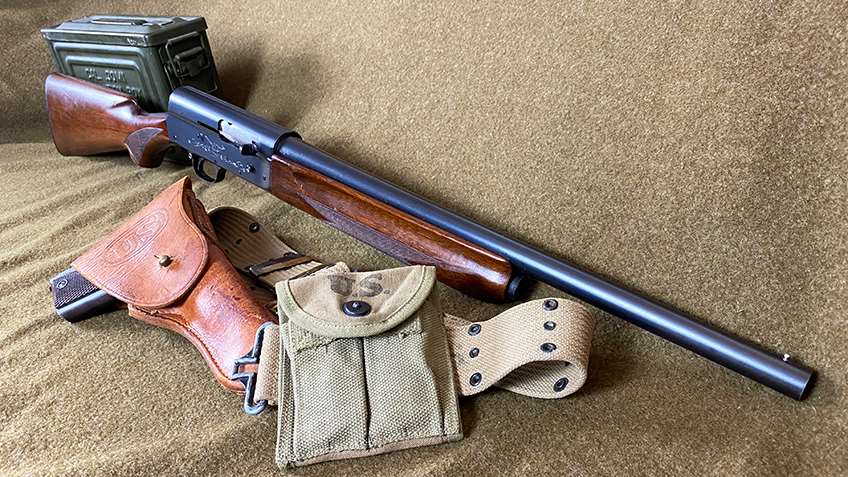
When the U.S. military needed arms and ammunition for back-to-back world wars, Remington answered the call. The company even sold off auxiliary production lines like its knife-making facility to open new ammunition plants across the country in support of the war effort.
By 1945, Remington had produced more than half of the small arms ammunition used by the Allies. But of all Remington’s accomplishments, the 870 shotgun and Model 700 rifle have to be its greatest.
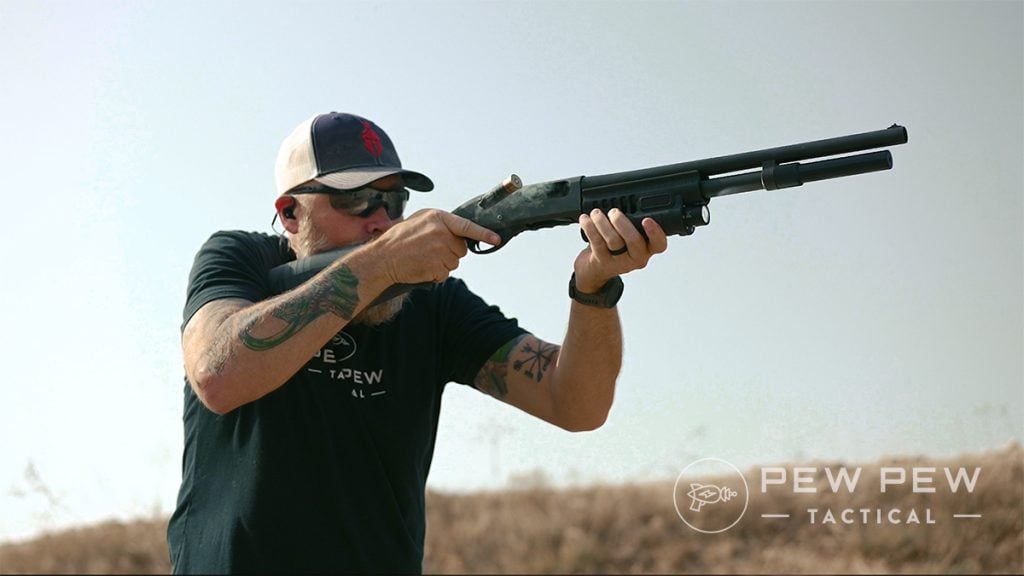
The 870 debuted in 1950 and has sold more than 10 million shotguns worldwide.
In 1962, Remington introduced the Model 700 rifle, which went on to sell more than 5 million rifles, some of which included M24 and M40 sniper variants for the U.S. military.
Downfall of an American Institution
In the early 2000s, Remington looked like it was cooking with gas. The company was on a roll with new products and bringing other brands under its umbrella.
Then came legal troubles. In 2015, three years after a shooter used a Bushmaster (then owned by Remington) rifle in the 2012 Sandy Hook Elementary School shooting, families and survivors sued Remington for damages.

Plaintiffs alleged that Remington’s marketing of the rifle was partially responsible for the shooting. A looming settlement payout of $73 million, combined with declining sales and pressure from creditors, forced Remington to file for bankruptcy — first in 2018 and again in 2020.
The second time dealt a knockout blow to Remington and its family of brands. Shortly after, the company, including its assets and intellectual property, was dismantled and sold at auction.
Who Owns Remington Now?
Remington looks different after the 2020 selloff, but the Remington brand, its intellectual property, and many of its former subsidiaries are operational today.

Some never left, some disappeared for a while, and some haven’t made a comeback.
Roundhill Group
Roundhill Group purchased Remington’s firearm production facility and associated intellectual property for $13 million and rebranded the operation as RemArms.
Today, RemArms offers a range of classic Remington bolt-action rifles, autoloading shotguns, pump-action shotguns, and muzzleloaders. Notably absent are the R15 (an AR-15) and the R1 (a 1911).
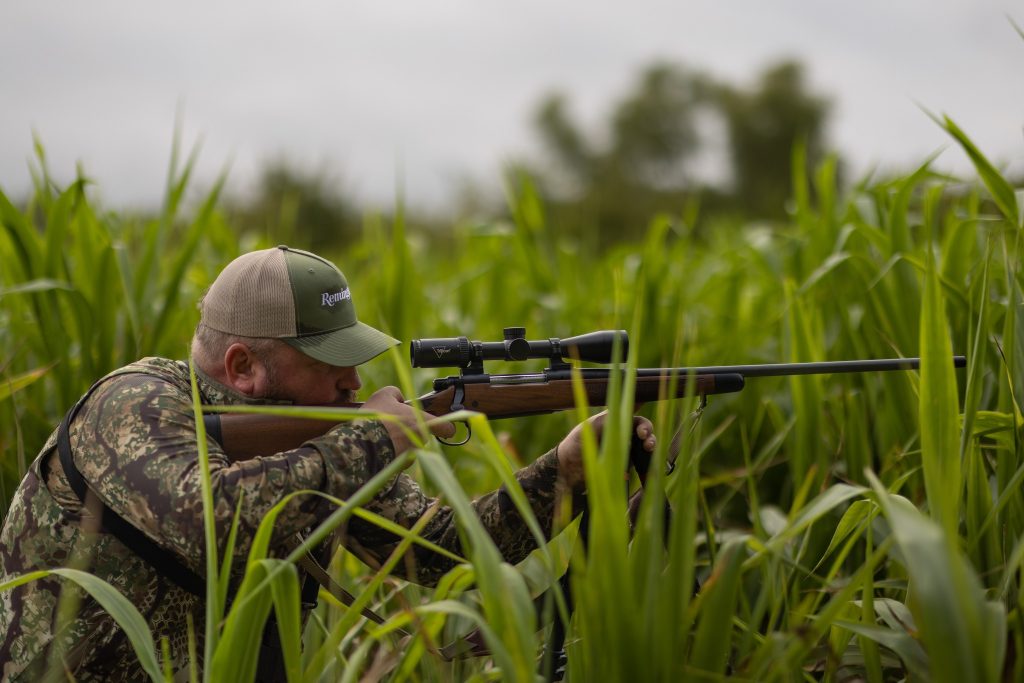
It’s a small line of products, but Remington fans hope that will allow the company to fix some of the quality problems that plagued Remington firearms throughout the 2000s.
A Google search for Roundhill Group won’t turn up much since the parent company keeps a very low profile. What we do know is that RemArms just announced that it intends to close the original Remington factory in Ilion — the oldest firearm factory in the nation — in March 2024.
“We are deeply saddened by the closing of the historic facility in Ilion,” Ken D’Arcy, CEO of RemArms said. “We have a dedicated workforce at the Ilion facility, but maintaining and operating those very old buildings is cost-prohibitive and New York state’s legislative environment remains a major concern for our industry.”
According to the United Mine Workers of America, about 270 New York workers will be laid off. The business is relocating to Georgia (and RemArms isn’t the only company making a move).
Vista Outdoor
Vista Outdoor was the biggest spender in Remington’s 2020 selloff. The parent company spent $81 million to acquire Remington’s ammunition production facility and intellectual property.
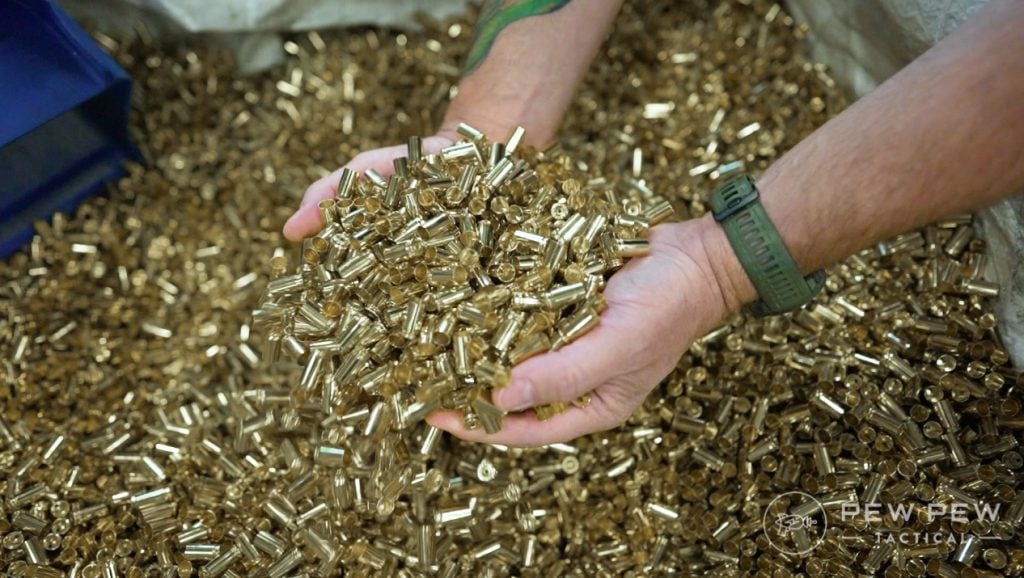
Remington Ammunition is the most successful surviving element of the brand. Customers still enjoy a vast selection of rifle, pistol, shotgun, and muzzleloader ammunition — not to mention reloading supplies, cleaning supplies, and accessories.
Other Vista Outdoor subsidiaries include Fox, Bell, Bushnell, and Camelbak.
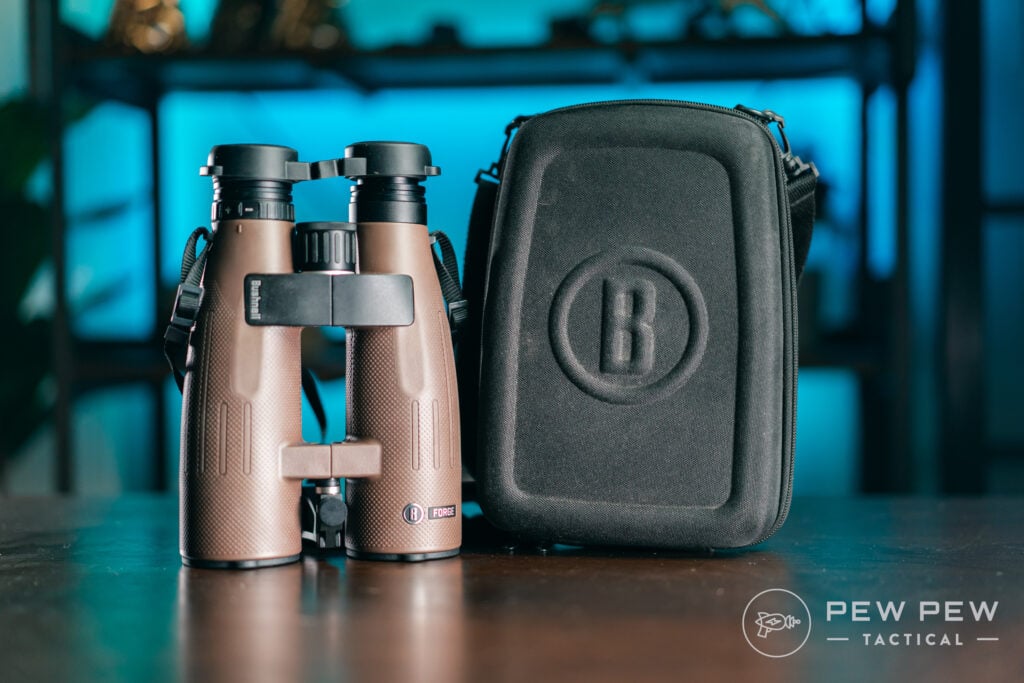
Roundhill Group and Vista Outdoor are separate companies that own separate components of the original Remington brand, but both retain Remington’s logo and brand colors.
They even share a Facebook page, Remington1816, which contributes to the ongoing confusion surrounding Remington.
Sturm, Ruger & Co.
Sturm, Ruger & Co. bought Marlin Firearms from Remington for $28.3 million. The classic manufacturer had become another source of contention with shooters due to a dropoff in quality under Remington’s ownership.
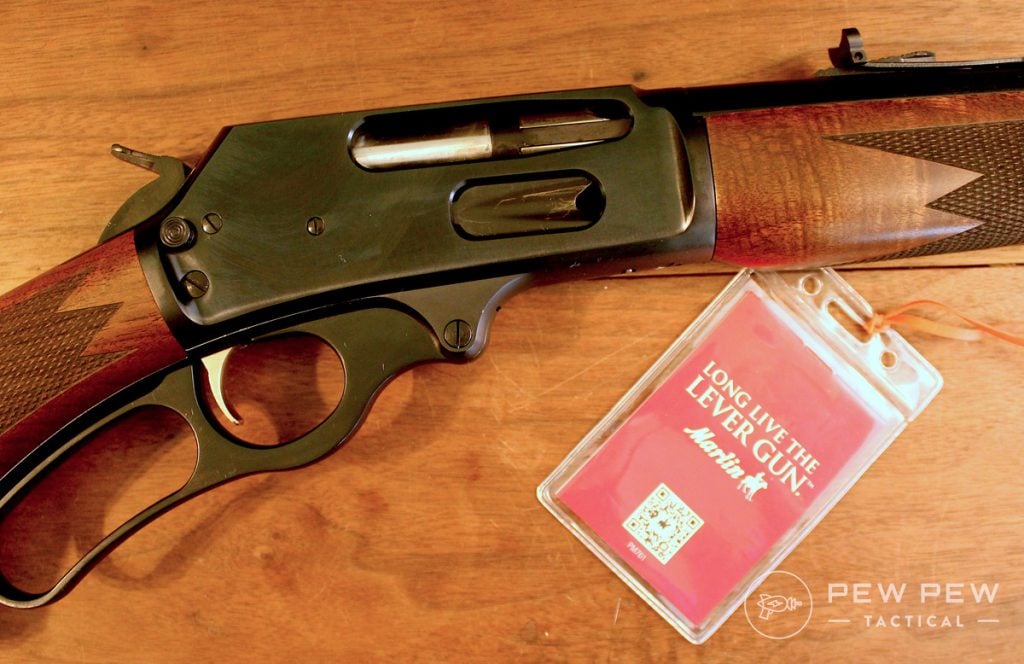
By all accounts, new Marlin rifles are vastly improved under Ruger’s ownership, and shooters have been delighted to see the return of old models, like the Model 336, in 2023.
Sierra Bullets
In addition to manufacturing its own ammunition, Remington used to own Barnes Bullets. During the 2020 auction, Sierra Bullets bought Barnes for $30.5 million.
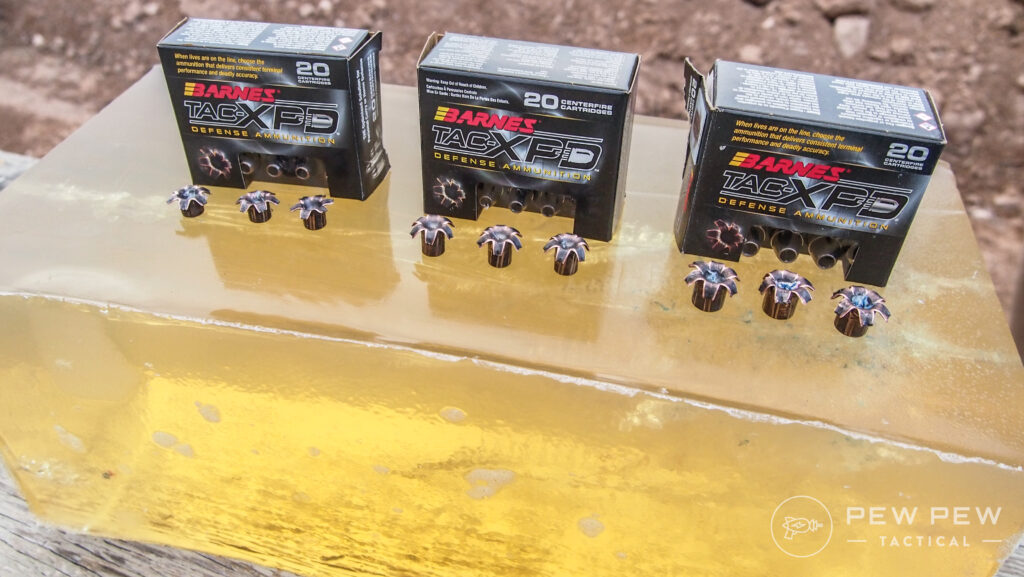
Barnes Bullets currently offers a healthy selection of hunting, defense, and match bullets that are popular among reloaders and ammunition manufacturers.
Franklin Armory
Bushmaster, the company at the center of Remington’s 2015 legal problems, ended up under the ownership of Franklin Armory for $1.7 million.
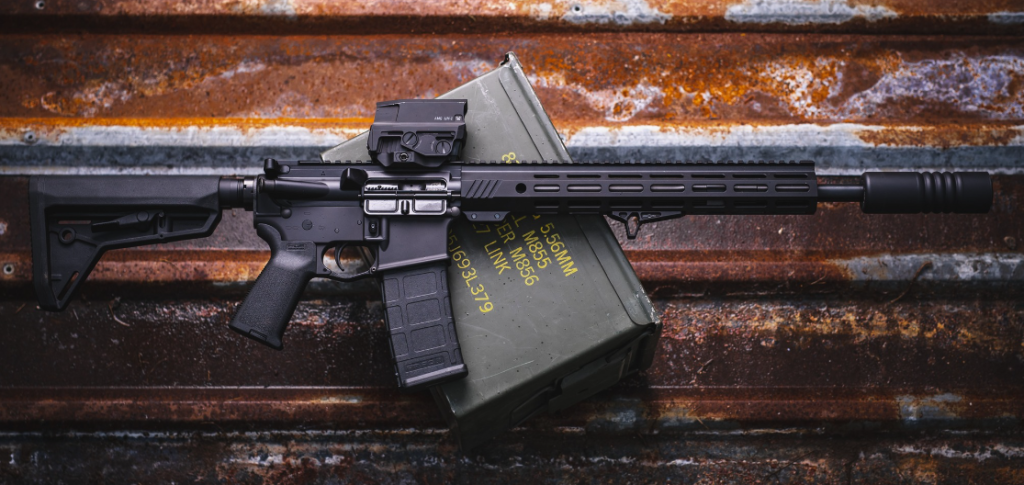
The company’s facilities are currently located in Carson City, Nevada, where they manufacture a range of firearms, parts, and accessories using the AR-15 platform.
Sportsman’s Warehouse
The cheapest Remington subsidiary sold in 2020 was TAPCO, an accessory and parts manufacturer. Sportsman’s Warehouse acquired the brand for a paltry $100,000.
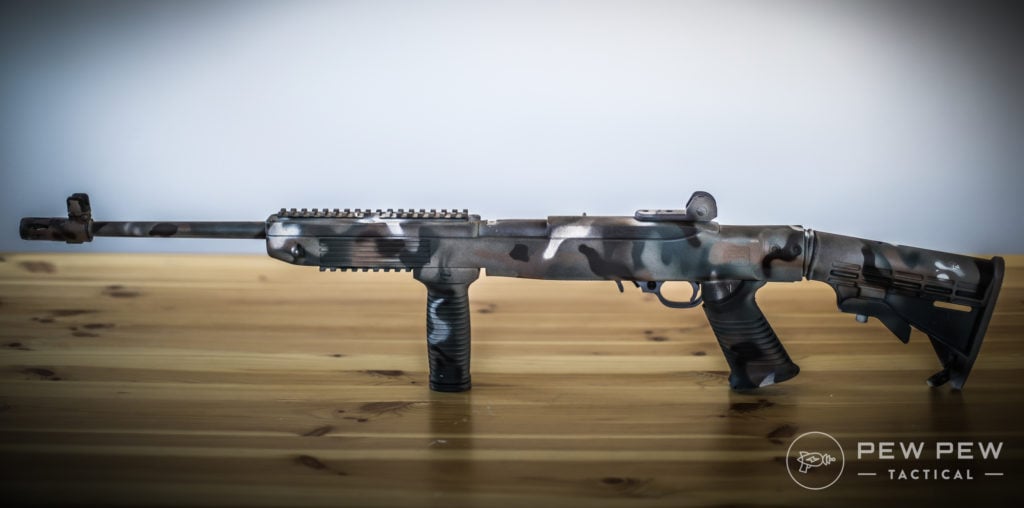
The company is dormant right now, but the TAPCO website promises its return alongside a veiled image of a Glock with a red dot optic, suppressor-height sights, and a threaded barrel bearing the TAPCO logo. Here’s to hoping.
JJE Capital Holdings
The rest of Remington’s assets got scooped up by JJE Capital Holdings (owners of Palmetto State Armory) in a package deal for $2.5 million.
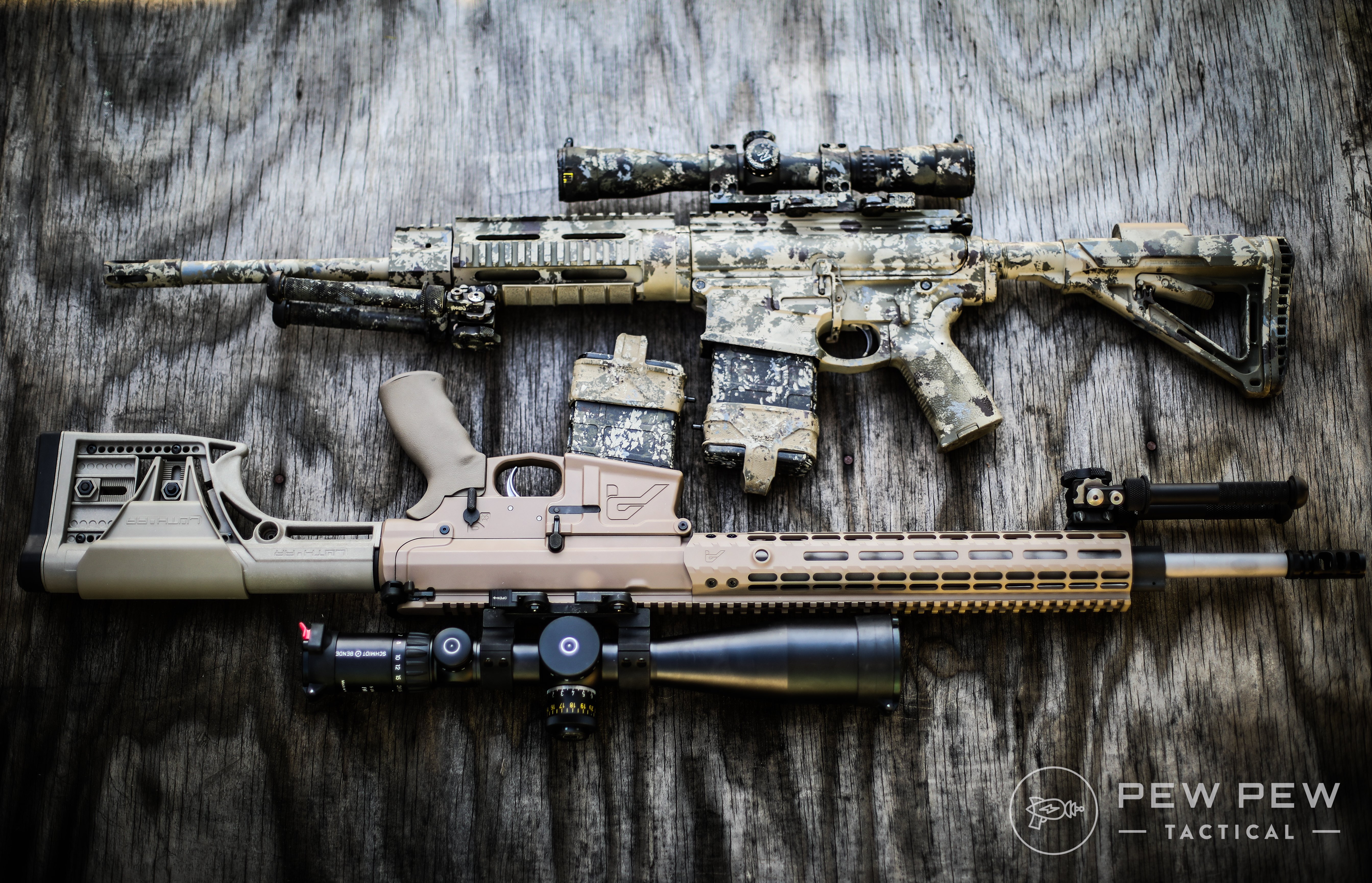
DPMS Panther Arms, AAC, and H&R Firearms were included in this purchase and are still active. JJE Capital Holdings also acquired Stormlake and Parker, which are currently not operational.
Selloff Overview
- Remington firearms → Roundhill Group ($13 million) (now RemArms)
- Remington ammunition → Vista Outdoor ($81 million)
- Marlin Firearms → Strum, Ruger & Co. ($28.3 million)
- Barnes Bullets → Sierra Bullets ($30.5 million)
- Bushmaster → Franklin Armory ($1.7 million)
- TAPCO → Sportsman’s Warehouse ($100,000)
- DMPS Panther Arms → JJE Capital Holdings ($2.5 million package deal)
- Stormlake → JJE Capital Holdings
- AAC → JJE Capital Holdings
- H&R Firearms → JJE Capital Holdings
- Parker → JJE Capital Holdings
What’s Next For Remington?
If bits and pieces of Remington are still active, what can we expect going forward?
Of all the companies carved off during the 2020 sale, Remington Ammunition seems to be on the best path. The brand is growing, and while the demand for Remington guns may have dropped off, Remington ammo is still a hot commodity, especially among hunters.
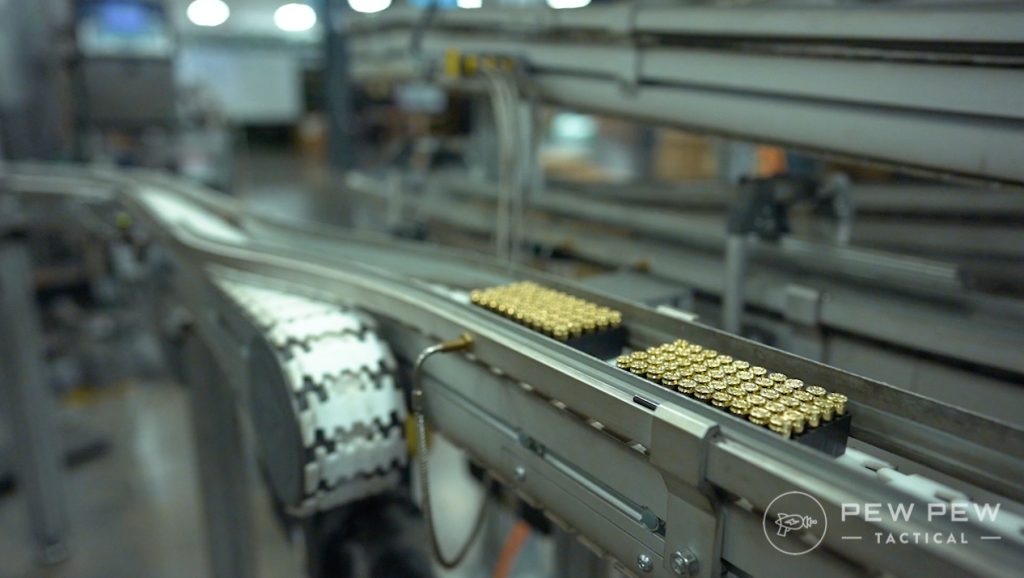
The same goes for Barnes Bullets, albeit to a smaller degree. Ammunition demand remains sky-high, and Barnes Bullets is one of the best in the business, so they’ll continue to do well.
Marlin Firearms surprised a lot of us with its success under Ruger’s ownership. With fit and finish on the rise, beloved models like the 336 Classic coming back, and high-profile product placement, there’s a lot to be excited about.
RemArms is clearly clinging to its most popular rifles and shotguns and hoping for the best. The company’s news site hasn’t been updated in nearly two years, so don’t expect anything too groundbreaking anytime soon.
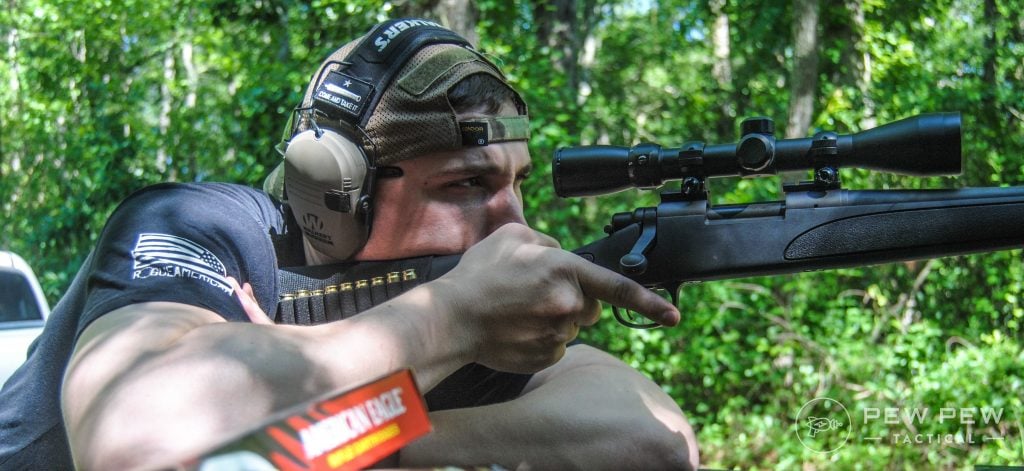
Increasing demand for suppressors and a positive trend toward reducing barriers to ownership bodes well for AAC.
As for the other formerly Remington-owned brands, only time will tell.
What do you think of the Remington dismantling? Let us know in the comments below. Interested in the backstory of other manufacturers? Check out our article, Kalashnikov Concern: History Behind the AK Brand.

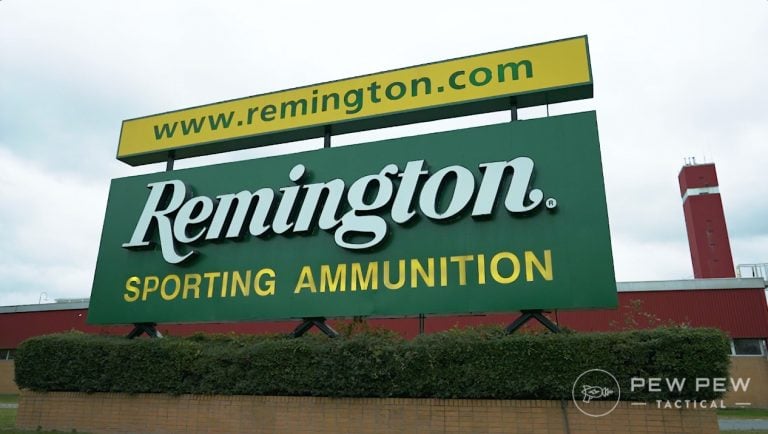
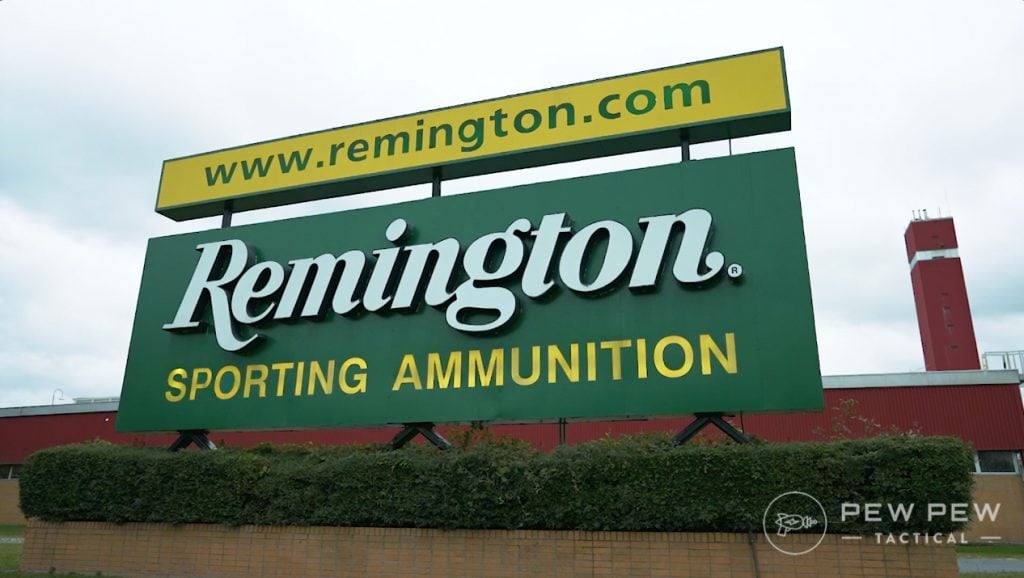







6 Leave a Reply
RemArms is owner by Richmond Italia, who owned the monopoly on paint balls and equipment. He is a supporter of US Military Veterans and does wonderful work for them.
He is Canadian born but lives in Fort Lauderdale as a citizen and loves America
Excellent article, Marine. What you have really described is the destruction of the greatest constitutional republic in the history of the world by the constant onslaught of committed Marxists and leftists. We have truly lost our way when lawsuits replace personal responsibility and common sense. Suing Remington into bankruptcy is like suing General Motors for marketing their cars too aggressively when they are used in bank robberies. Donald Trump is the latest victim of unbridled lawfare for political purposes. It will be stopped, but the longer it takes, the uglier it’s going to be.
I'm glad to see that H&R is still around. A long time ago I owned an H&R .32 caliber revolver. It was extremely well-built; but it had terrible ergonomics, and the trigger was super heavy.
I might have held on to the revolver had it been rated at .327 Federal Magnum or even .32 H&R Magnum. Alas, it was only .32 S&W Long.
I worked at the Worcester H&R making the M-16 rifle for the soldiers that were in Vietnam ..I was 17 years old
Any idea about Para-Ordnance?
I'll always hate to see an American arms manufacturer shutter and the layoffs that go with it. I am happy with the companies that gobbled Remington up. I look forward to RemArms getting up on its feet and introducing new firearms in the future. This also makes sense how PSA is leaping forward in quality, popularity, and innovation.